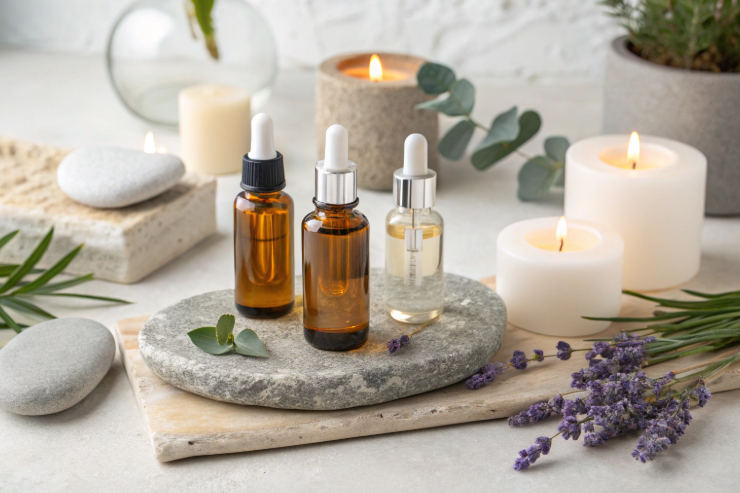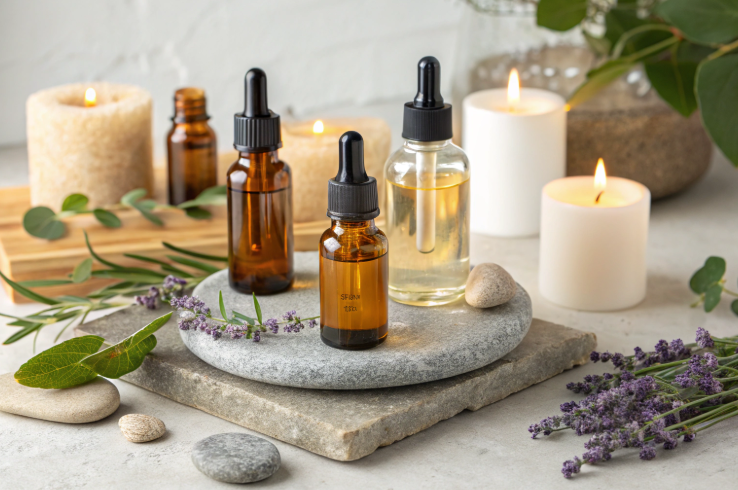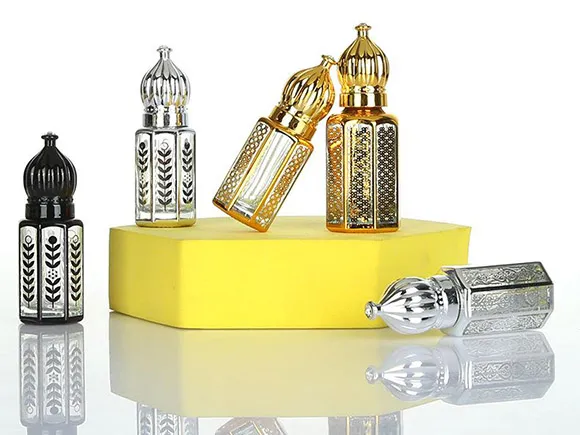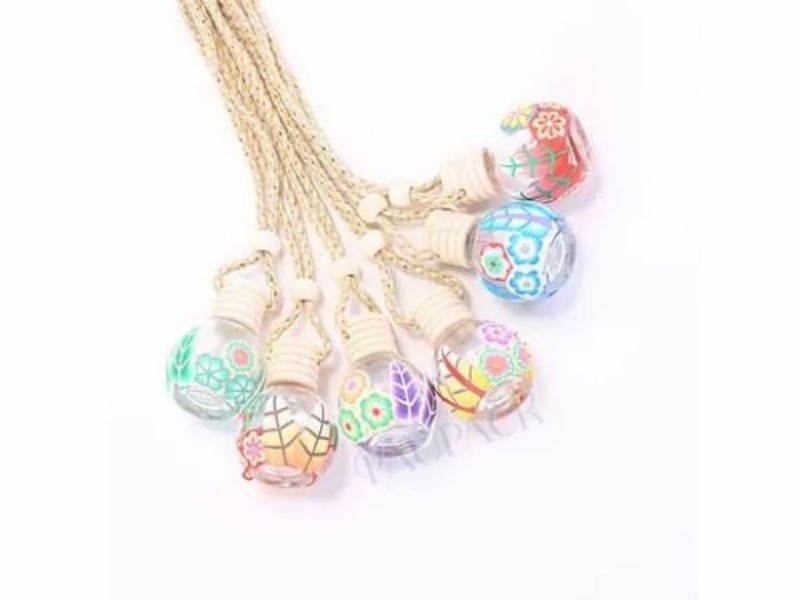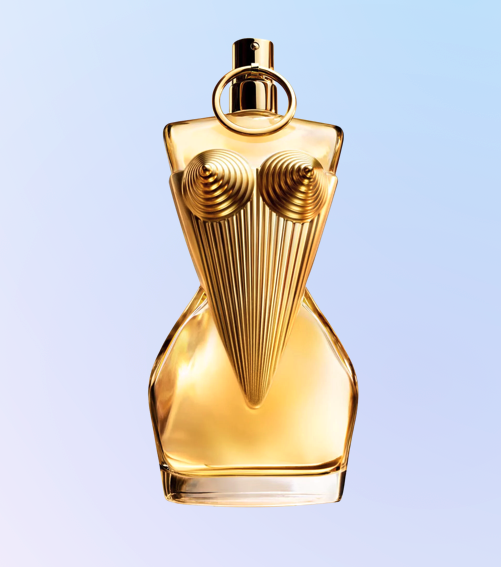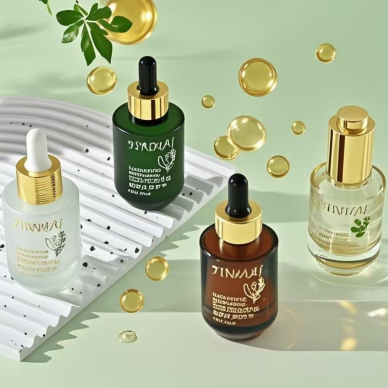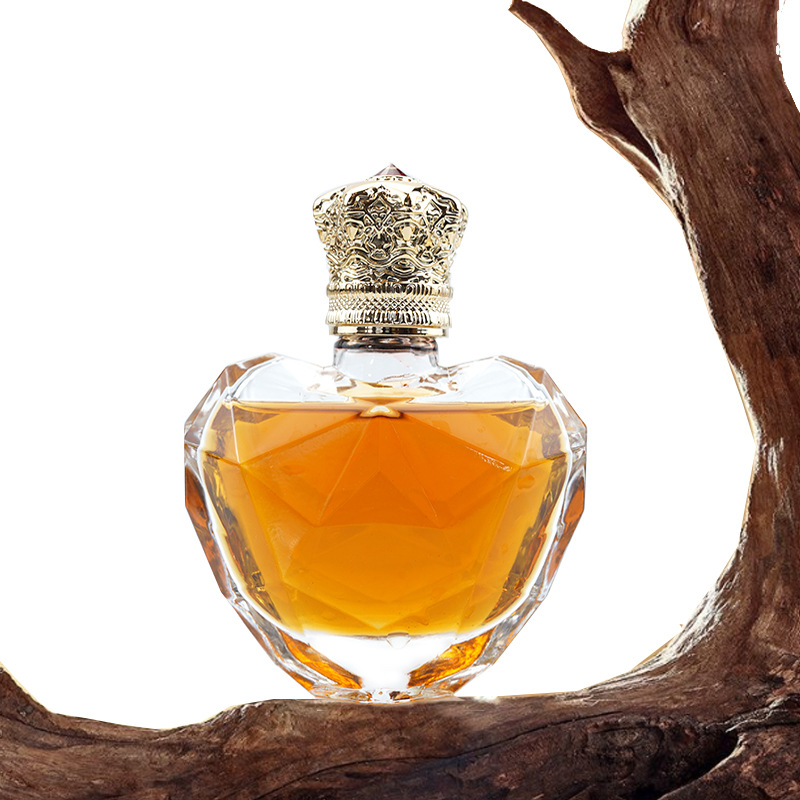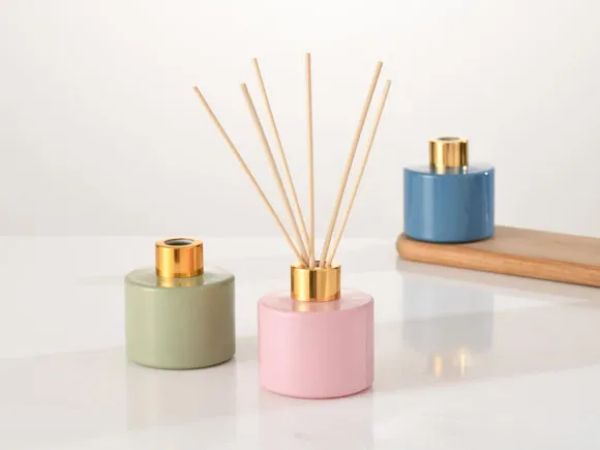Essential oils have become an integral part of modern wellness, aromatherapy, and self-care routines. As more people embrace these natural extracts, the question of how to responsibly handle the bottles they come in becomes increasingly important. Not only is reusing and cleaningessential oil bottlesan eco-friendly choice, but it also supports sustainability efforts and reduces waste. This comprehensive guide will walk you through everything you need to know about cleaning and reusing essential oil bottles, with insights from industry leaders and a special focus on the innovative solutions provided bywww.paupacking.com
The Importance of Proper Essential Oil Bottle Care
Why Clean and Reuse Essential Oil Bottles?
Reusingessential oil bottlesis beneficial for both the environment and your wallet. Glass bottles, especially those made from amber or cobalt glass, are designed to protect the delicate compounds in essential oils from light and air. By reusing these bottles, you extend their lifespan and reduce the demand for new packaging materials, making a positive impact on the planet.
The Challenges of Cleaning Essential Oil Bottles
Essential oils vary in viscosity and can leave behind stubborn, sticky residues that are difficult to remove with just soap and water. Some oils, especially absolutes or resins, can create a film that resists even boiling or sterilization.If not properly cleaned, leftover residue can oxidize and contaminate any new oils or blends you store in the bottle, potentially affecting their quality and safety.
Understanding Essential Oil Bottle Types
| Bottle Type | Material | Color Options | Benefits | Common Uses |
|---|---|---|---|---|
| Euro Dropper Bottle | Glass | Amber, Cobalt | UV protection, precise dispensing | Essential oils, blends |
| Boston Round | Glass | Clear, Amber | Durable, versatile | Carrier oils, tinctures |
| Roll-On Bottle | Glass/Plastic | Amber, Cobalt, Clear | Easy application, portable | Perfume oils, blends |
| Spray Bottle | Glass/Plastic | Amber, Clear | Fine mist application | Room sprays, linen sprays |
| Vial | Glass | Amber, Clear | Small volume, sample distribution | Samples, travel kits |
Step-by-Step Guide: Cleaning Essential Oil Bottles
1. Gather Your Supplies
-
High proof vodka (preferred for its purity and lack of additives)
-
Bottle brush (appropriately sized for your bottles)
-
Mild dish soap
-
Hot water
-
Paper towels or clean cloth
-
Gloves (optional for sensitive skin)
-
Old toothbrush (for caps and orifice reducers)
2. Initial Rinse
Begin by removing any remaining oil from the bottle. Rinse the bottle with hot water to eliminate as much residue as possible.
3. Solvent Soak
Fill the bottle at least halfway with high proof vodka. For small bottles, fill completely. Let the bottle sit for several hours or overnight. For larger bottles, shake well every few hours to help dissolve stubborn residues.
4. Scrubbing
Use a bottle brush to scrub the inside of the bottle, loosening any sticky residue. For orifice reducers and caps, soak them in vodka and scrub thoroughly with an old toothbrush.
5. Rinse and Repeat
Pour out the vodka and rinse the bottle with hot water and mild dish soap. Repeat the process if any residue remains. Do not consume the vodka used in cleaning.
6. Removing Labels
Soak the exterior of the bottle in high proof vodka or hot soapy water to loosen and remove stubborn labels. Use a scraper or your fingernail to peel off the label, then wipe away any adhesive residue.
7. Final Sterilization
If you plan to use the bottle for blends that require pristine storage conditions, sterilize the bottle by boiling it in water for several minutes or using a baby bottle sterilizer. Allow the bottle to air dry completely before reuse.
8. Inspect and Store
Examine the bottle for any remaining residue or odors. Only reuse bottles that are completely clean and odor-free. Store clean bottles in a dry, dust-free environment until ready for use.
Tips for Safe and Effective Reuse
-
Downgrade Reused Bottles:Use cleaned bottles for diffuser blends, cleaning solutions, or laundry blends rather than precious or therapeutic essential oils.
-
Avoid Sensitizing Oils:Do not reuse bottles that previously contained sensitizing oils (e.g., cinnamon) for topical blends.
-
Recycle When Necessary:If a bottle is too sticky or difficult to clean, recycle it instead of investing excessive time and resources.
-
Safety Reminder:Remember that alcohol and essential oils are flammable. Handle with care and keep away from open flames.
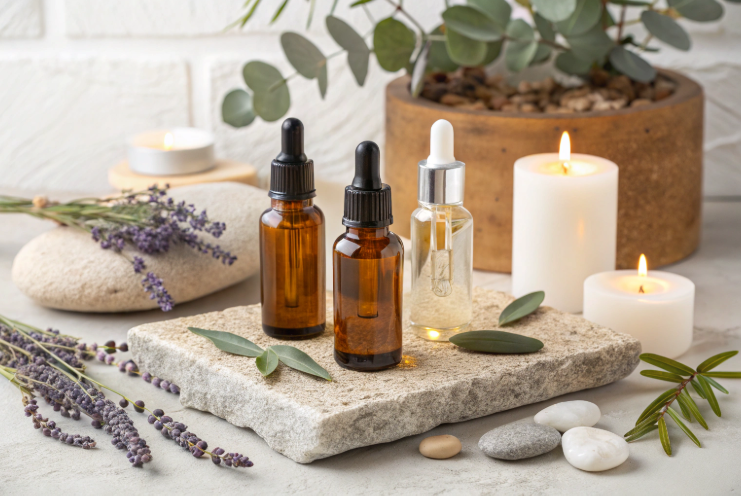
The Role of Quality Packaging: Whywww.paupacking.comMatters
About PauPacking
PauPacking (www.paupacking.com) is a global leader in sustainable packaging solutions, specializing in custom glass, plastic, bamboo, and paper bottles for essential oils and a variety of industries.With over 13 years of experience, PauPacking serves clients in more than 52 countries, offering innovative design, eco-friendly materials, and rigorous quality control.
Key Advantages of PauPacking Essential Oil Bottles
-
Sustainable Materials:PauPacking uses bio-based PLA, plant-based materials, and 100% recyclable glass to minimize environmental impact.
-
UV Protection:Amber and cobalt glass bottles from PauPacking provide superior protection against harmful UV rays, preserving the potency of essential oils.
-
Airtight Sealing:Advanced cap designs prevent air exposure and oxidation, ensuring the integrity of your essential oils.
-
Customization:PauPacking offers a wide range of shapes, sizes, and closure options, including droppers, roll-ons, and spray caps, to suit any need.
-
Military-Grade Quality Control:Every bottle undergoes raw material testing, in-process checks, and final inspection to guarantee safety and performance.
-
Eco-Friendly Production:PauPacking’s manufacturing facilities use 100% renewable energy and closed-loop water systems, reinforcing their commitment to sustainability.
Table: PauPacking Essential Oil Bottle Features
| Feature | Description |
|---|---|
| Material | Glass (Amber, Cobalt, Clear), Plastic, Bamboo, Paper |
| Sustainability | Bio-based, recyclable, eco-friendly production |
| UV Protection | Amber/Cobalt glass blocks harmful rays |
| Seal Type | Dropper, roll-on, spray, screw cap |
| Customization | Shape, size, closure, decoration |
| Quality Control | ISO 9001, FDA, BPOM, EN certified; military-grade inspection |
| Minimum Order Quantity | 100,000 (under 100ml), 20,000 (100-150ml), 50,000 (over 150ml) |
| Applications | Essential oils, cosmetics, pharmaceuticals, food & beverage |
| Decoration | Screen printing, IML labels, laser etching |
Environmental Benefits of Reusing and Recycling Essential Oil Bottles
Reducing Waste
Reusingessential oil bottlesreduces the volume of glass and plastic waste entering landfills. By opting for high-quality, durable bottles from companies like PauPacking, you can further extend the lifecycle of each bottle.
Lowering Carbon Footprint
Manufacturing new glass bottles consumes significant energy and resources. Reusing bottles and choosing suppliers committed to renewable energy and sustainable practices helps lower your carbon footprint.
Supporting a Circular Economy
Companies like PauPacking are at the forefront of the circular economy, designing packaging that can be reused, recycled, and repurposed, closing the loop on waste and resource use.
Creative Ways to Repurpose Essential Oil Bottles
-
DIY Diffuser Blends:Mix your favorite essential oils for custom diffuser blends.
-
Homemade Cleaning Solutions:Use bottles for natural cleaning sprays or laundry blends.
-
Travel Kits:Fill small bottles with diluted oils for travel or gifting.
-
Sample Distribution:Share samples with friends or clients.
-
Craft Projects:Decorate and use bottles as mini vases, message holders, or ornaments.
Frequently Asked Questions
Can I reuse essential oil bottles for different oils?
Yes, but only if the bottle is thoroughly cleaned and free of any previous residue or odor. Avoid reusing bottles that contained sensitizing oils for topical blends.
What is the best solvent for cleaning essential oil bottles?
High proof vodka is recommended because it dissolves oil residues without leaving additives behind. Rubbing alcohol can work but may contain unwanted chemicals.
How do I remove stubborn labels?
Soak the bottle in high proof vodka or hot soapy water, then peel and scrub off the label and adhesive.
Should I sterilize bottles before reuse?
Sterilization is recommended if you plan to use the bottle for blends that require pristine conditions, such as therapeutic or topical oils.
What are the minimum order quantities for custom bottles at PauPacking?
PauPacking offers minimum order quantities of 100,000 for bottles under 100ml, 20,000 for 100-150ml, and 50,000 for over 150ml, with extensive customization options.
Best Practices for Essential Oil Bottle Reuse
-
Always clean bottles immediately after use to prevent residue from hardening.
-
Store cleaned bottles with caps off to allow for complete drying.
-
Label reused bottles clearly to avoid confusion.
-
Use only bottles in perfect condition for new blends; recycle any damaged or compromised bottles.
Conclusion
Cleaning and reusingessential oil bottlesis a simple yet powerful way to support sustainability, save money, and get creative with your aromatherapy practice. By following the steps outlined in this guide and choosing high-quality packaging from trusted suppliers likewww.paupacking.com, you can ensure the safety, efficacy, and longevity of your essential oil collection.Whether you’re a DIY enthusiast, a professional aromatherapist, or a business owner, making mindful choices about your essential oil bottles benefits both you and the planet.




